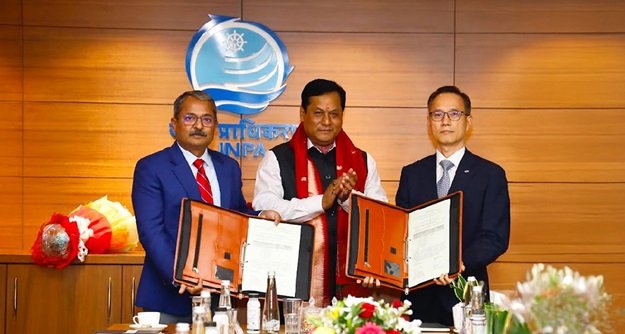Nouryon achieves ISCC PLUS certification at green chelates manufacturing site in Herkenbosch, Netherlands
Nouryon, a global specialty chemicals leader, announced that it is now certified to the International Sustainability and Carbon Certification standard ISCC PLUS at its site in Herkenbosch, the Netherlands
Nouryon, a global specialty chemicals leader, today announced that it is now certified to the International Sustainability and Carbon Certification standard ISCC PLUS at its site in Herkenbosch, the Netherlands. The certification covers the use of biobased and/or bio-circular feedstocks to produce biodegradable chelates with up to 100% renewable carbon index (RCI). The recent expansion of the Herkenbosch site, along with the new ISCC PLUS certification demonstrates Nouryon’s commitment to addressing customer requirements and advancing sustainability efforts.
“We are pleased to offer more sustainable ingredient solutions to our customers in the household and Industrial and Institutional cleaning markets. By producing our green chelating agents from up to 100% RCI biobased raw materials, we help meet downstream users’ needs for sustainable cleaning solutions,” said Brad Pearson, Vice President of Cleaning Goods at Nouryon. “Having the option to deliver fully biobased chelating agents supports a growing need in the cleaning industry for more natural ingredients, resulting in lower carbon footprints. Leading cleaning product formulators have committed to be net zero by 2040, and Nouryon technologies provide our customers options to achieve this goal.”
Nouryon is a worldwide leading producer of high-performing, biodegradable chelates, designed to enhance the performance of auto-dishwashing, liquid laundry detergents, household cleaners, as well as Industrial and Institutional cleaning products. This ISCC PLUS certification complements other recent sustainability-led innovations that Nouryon has brought to the market, including Berol® Nexxt surfactant and Berol® Nexus surfactant. In addition, Nouryon has obtained ISCC PLUS certification for green ethoxylated surfactants and green monochloroacetic acid (MCA), which is further evidence of Nouryon’s continuing commitment to delivering differentiating sustainable solutions to customers.
As a manufacturer of specialty chemicals, Nouryon strives to develop products that meet or exceed industry benchmarks for sustainability without sacrificing performance. More information on the Company’s sustainability progress can be found in our 2023 Sustainability Report, Sustainability fact sheet and dedicated sustainability section of the Company website.
Nouryon, a global specialty chemicals leader,














